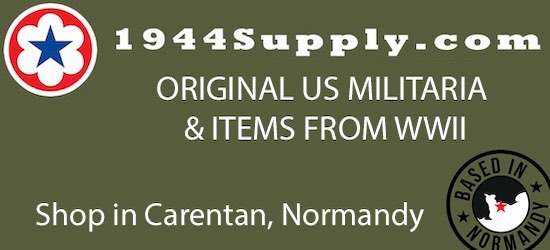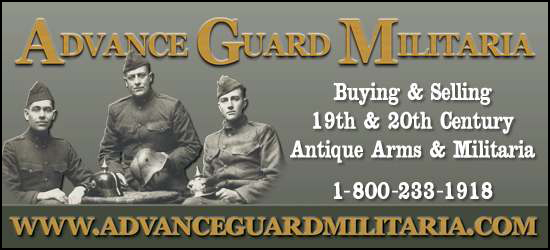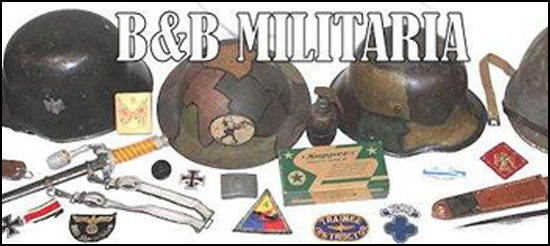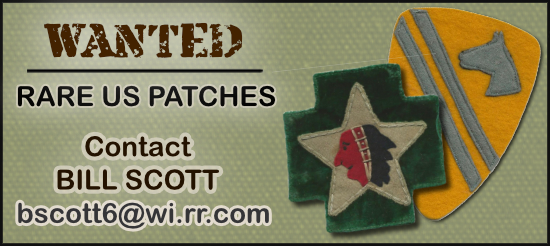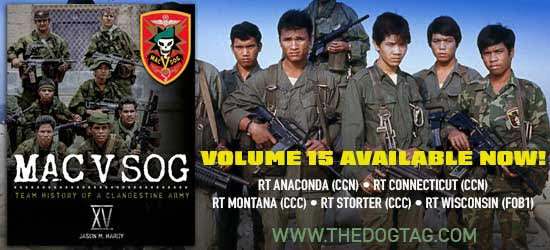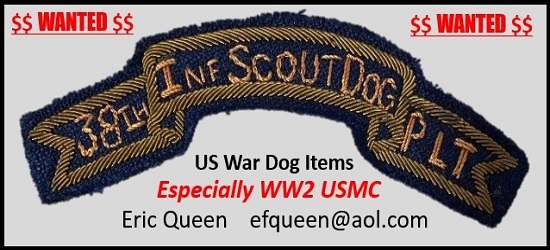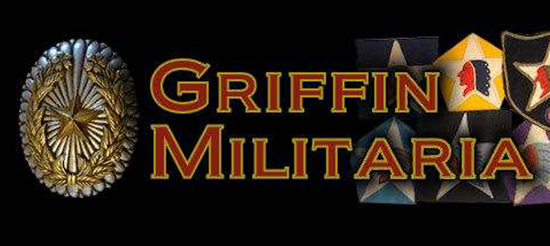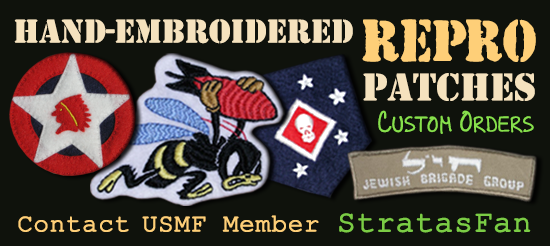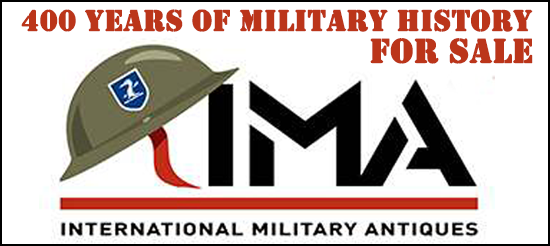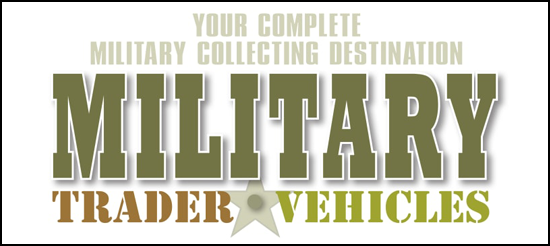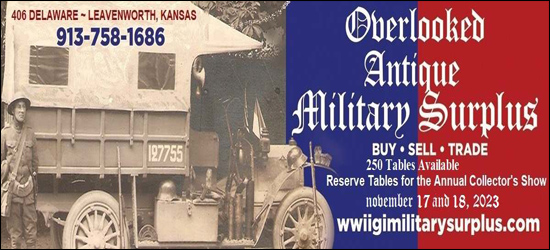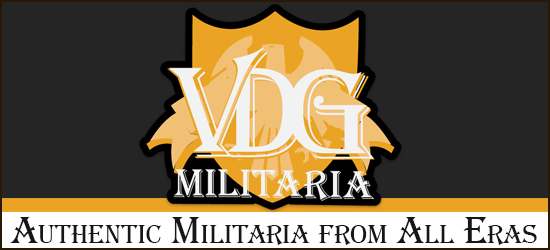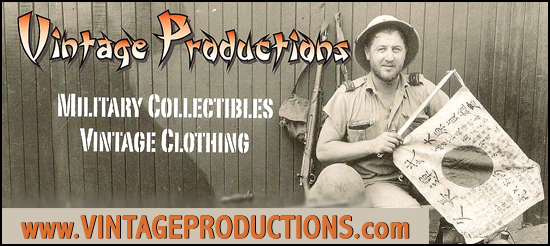-
Donate
Type donation amount in box below.
IMPORTANT! If you donate via PayPal using an e-mail address different than the one you are currently using on USMF and would like a 2024 Donor Icon added to your account, you MUST CONTACT vintageproductions or stratasfan and let them know what email address was used for the donation.
Thank you for supporting USMF.
Donate Sidebar by DevFuse -
Recent Posts
-

By PhilippineBuckles · Posted
@easterneagle87 - Thank you for posting all these buckles you've spotted! FYI -- I just bought the USS Ranger "F#*^ With Us, We'll Do It Again." buckle on FB Marketplace. Can't wait to have it in hand. Someone else bought the David J. Arends, Patrol Squadron Four, Japan, Okinawa, China, Philippines buckles before I got to them. I like the Boeing buckle but the price is a little rich. -
(1).thumb.jpg.d18e8b8c77ca0637391719b69c739068.jpg)
By 36thIDAlex · Posted
A simple but powerful uniform group to a 36th Division Prisoner of War captured at the Rapido who endured over a year of brutal captivity. This group, of Cpl Ralph I. Ammon, is probably one of the more documented I’ve come across simply due to his extreme activism in sharing his POW story during his later years. His full and very detailed story can be read here: https://www.36thdivisionarchive.com/pa-36-ammon From Mifflinburg, PA, Ralph became a replacement BAR assistant gunner in G/141/36 in January of 1944. He was only with the company for two weeks before he and dozens of his company-mates were surrounded and captured on the bloody banks of the Rapido on January 22, 1944. After a long, starving, unhygienic, and miserable ride from Rome to northern Germany, Ralph and his comrades were assigned to Stalag IIB. Here, he and 38 others volunteered for work and were put onto their own independent labor compound in Burzen, Poland: Arbeitskommando 1637. Here, Ralph and his fellow POWs, most from the 36th (35/38), spent over a year and a half struggling, surviving, bonding, and growing together as they endured hardship after hardship while working the fields and forests of Burzen. I highly recommend reading his full article for the many incredible recorded stories of him and his 39 “brothers,” who truly only made it through captivity by working together. Here is just one section showing the details on how Ralph and his fellow prisoners resisted their captors: One of the most common bonding activities which men got through their incarceration was sabotage. Although they had agreed early on to not do anything which would harm another prisoner, they did agree to passively resist as much as they possibly could in hopes of doing their small part of stalling the German war machine. At times, this meant breaking tools or spoiling batches of potatoes by urinating or defecating on them while loading for shipment. Other times, it was setting fire to a nearby building. Sometimes it was as simple as breaking from work to run over to Joe Warrum, who would keep track of who could let out the longest fart. Ralph remembered several times when the men dropped pitchforks, pieces of metal, or other scrap into hay bales and loaded them into the thrashing machine, jamming it up and putting it out of commission until repairs could be made. In one instance, Robert Thompson told the Germans he used to work for Caterpillar and could get it working again. Not only did his “repairs” take an absurd amount of time, but he threw away random parts until it required a complete replacement. Another time, Stamulis was throwing bales into the machine the wrong way (causing a malfunction and delay of several hours). Prellip caught him in the act, however, and beat him with his steel-tipped cane, causing him to bleed and be in great pain. Stamulis raised his pitchfork to attack the foreman, but the other prisoners, remembering their oath, talked him down to prevent any regrettable decisions. Instead, they carried him back to the barracks and spent several days recovering. Afterward, Prellip assigned him to the manure pile and other dirty jobs. Stamulis later had another bad run-in while shoveling coal. In the summer heat, he threw his shovel out the window to take a break but inadvertently hit a guard in the head. Accusing him of doing it deliberately, the guards quickly shoved him against a wall and prepared to shoot him. Thankfully, the men were able to defuse the situation with the help of the superintendent. One particularly violent encounter occurred during potato picking season. The group was working slowly, knowing that the food was for the German army, and the civilian workers quickly outpaced them. A German officer nearby noticed and began screaming orders at the men, demanding Zmuda explain why they were performing so poorly. Zmuda iterated how under the Geneva Convention they could not be required to assist the opposing military by picking food for them. The officer grabbed a rifle from a nearby guard, kicked Zmuda on his knees, and buried the muzzle against Zmuda’s head. After some cursing and shouting at the officer, the prisoners decided their best bet was to simply go back to work, which, after a few minutes, caused the officer to throw the rifle down and storm off. In January 1945, they underwent a 475-mile forced march to Schwerin, Germany, in the freezing snowy German winter, forced to gather food scraps and supplies along the way. They survived, only losing one man, and spent the end of the war doing forced labor there until Ralph and some of his buddies escaped into the lines of the 8th Infantry Division on May 3, 1945. Ralph recalled going home with only his Ike jacket, pants, and shirt, and for many years hid his story until the “brothers” of Burzen 1637 began having reunions. He later traveled with three others to visit their former camp and, eventually, helped write a book on their story. Throughout retirement Ralph also gave countless talks to schoolkids and others about his plight and those of other American POWs in WWII. As said, Ralph and his compatriots recorded countless stories from their captivity at Burzen 1637. I highly recommend a read through of the full article and book, as they provide an extremely unique look at POW life in these small rural enclosures. -

By seanmc1114 · Posted
Desert subdued 3rd Infantry Division. All badges appear to be theater made. CAMP TAJI, Iraq -- Brig. Gen. Mark E. O'Neill, left, who is the assistant division commander for support for the 3rd Infantry Division, pins the Bronze Medal, with device, on Sgt. Eric G. Sullivan, a combat medic with the 550th Area Support Medical Company, Brigade Troops Battalion, Division Support Brigade, in a ceremony August 11, 2006. Sullivan, who is from Tampa, Fl., was awarded the medal for courage under fire and saving 11 Iraqi Civilian lives during an ambush April 20. -

By seanmc1114 · Posted
Desert subdued Illinois National Guard TIKRIT, IRAQ 07.10.2004 Courtesy Photo 139th Mobile Public Affairs Detachment Maj. Eric Little points out an error a race car made on a turn to his brother, Staff Sgt. Ryan Little, while watching a videotaped recording of a stock car race at Macon Speedway after duty hours. -
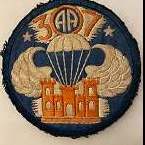
By Allan H. · Posted
That medal is indeed what a soldier in the 37th Division would have earned. The box and Mailing boxes are KILLER!!! Allan -

By SammyT · Posted
thanks usmc1981. not familiar with your reference J J Cash? -

By seanmc1114 · Posted
These soldiers of Headquarters Company, 39th Brigade Combat Team were awarded the Combat Infantryman's Badge for actions during April 2004. Note that several of the soldiers are wearing a reversed 1st Cavalry Division SSI as a combat patch. -

By seanmc1114 · Posted
Maj. Gen. Peter Chiarelli, the 1st Cavalry Divisions commanding general, talks to PFC Christopher Fernandez following the ceremony awarding the 19-year-old the Silver Star Medal for valor Aug. 13, 2004. The medal was the first one awarded to a 1st Cavalry Division Soldier during Operation Iraqi Freedom II. Note both are wearing a reversed 1st Cavalry Division SSI as a combat patch. -
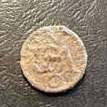
-

By atb · Posted
Something to remember is that clasps were issued based on a soldier's eligibility, not necessarily his organization's. The two clasp eligibilities may not always match.
-
-
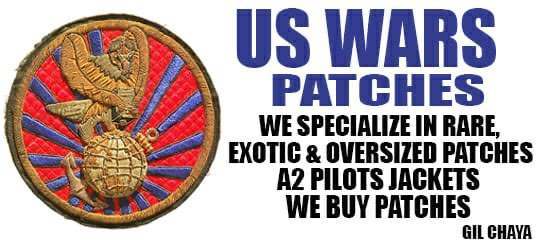
-

-
* While this forum is partially supported by our advertisers, we make no claim nor endorsement of authenticity of the products which these advertisers sell. If you have an issue with any advertiser, please take it up with them and not with the owner or staff of this forum.



